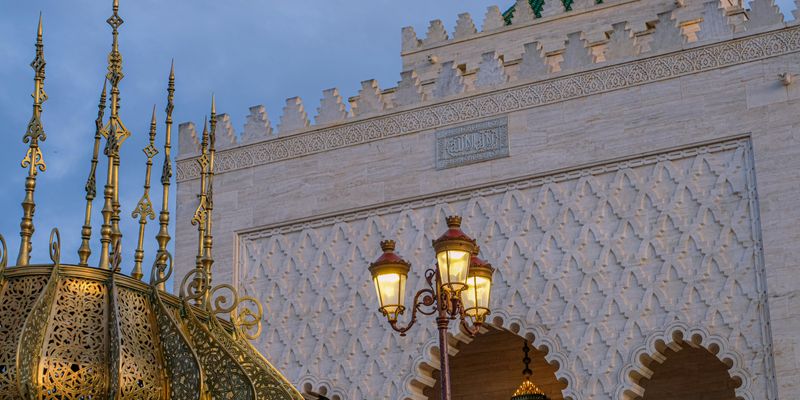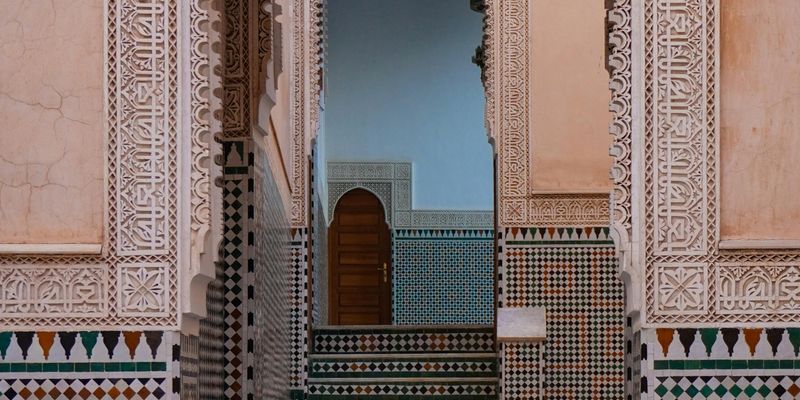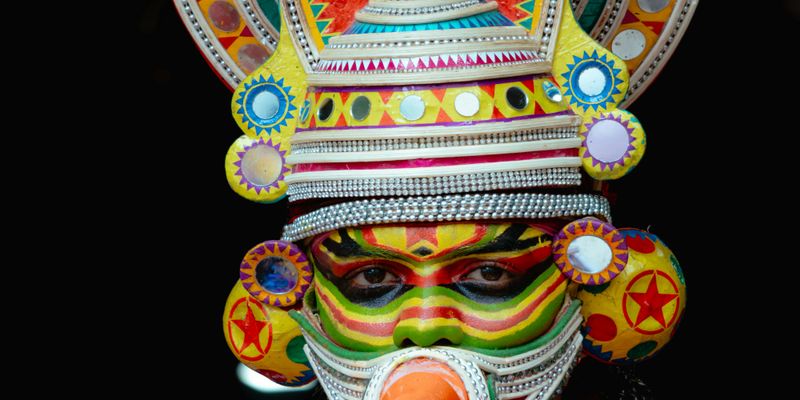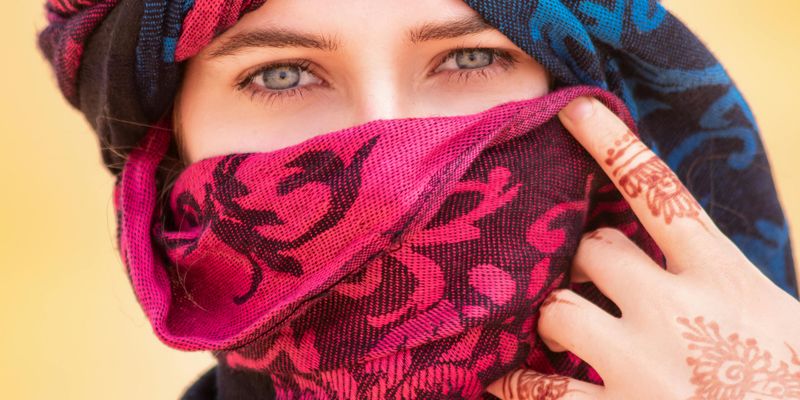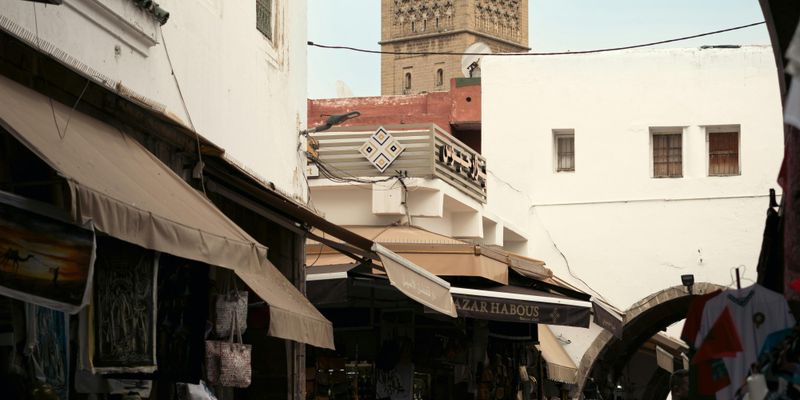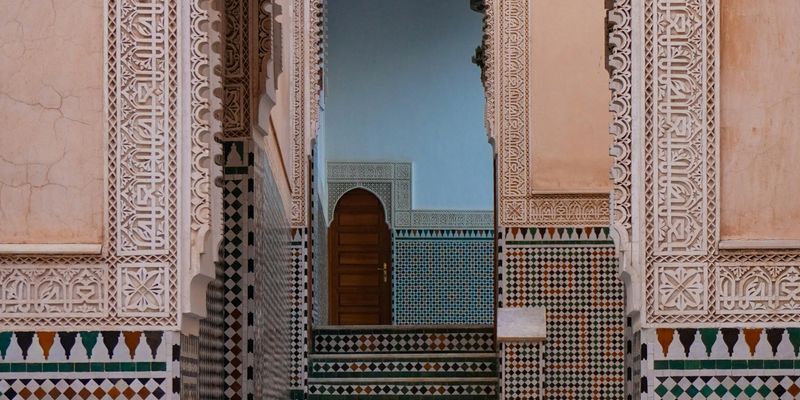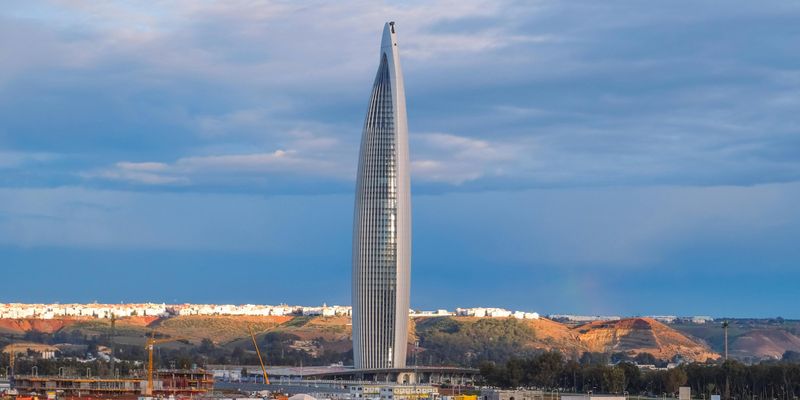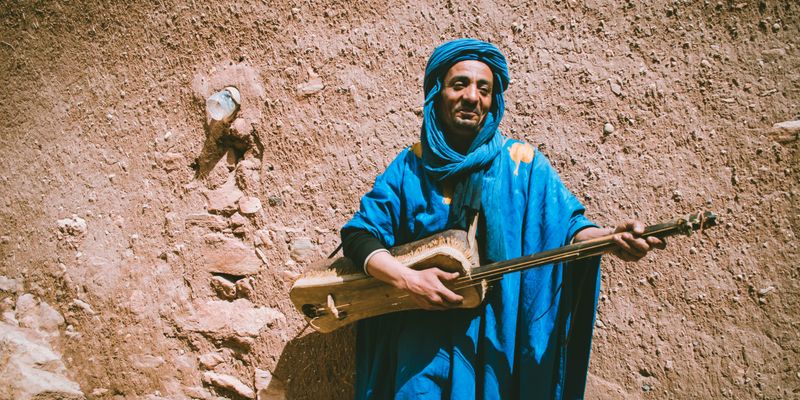
Why Morocco's Music Tells the Story of a Rich Heritage
Hello, dear readers! Today, I want to take you on a melodious journey through the vibrant and diverse world of Moroccan music. Music in Morocco is not just an art form; it's a dynamic medium that tells stories, preserves history, and celebrates the rich cultural heritage of our nation.
A Tapestry of Influences
Morocco's musical landscape is as varied as its stunning geography—from the mountainous regions of the Rif and Atlas to the vast Sahara Desert. It beautifully marries Berber, Arab, Andalusian, and sub-Saharan African influences, creating a unique fusion that is both enchanting and reflective of our diverse history.
For instance, the Amazigh people, the indigenous inhabitants of Morocco, have their traditional songs, which often feature the guembri (a three-stringed instrument) and are imbued with tales of love, struggle, and the beauty of nature. The rhythms and melodies evoke the spirit of the mountains and valleys that cradle our land.
The Essence of Gnaoua
Another captivating genre is Gnaoua music, a result of the cultural blend from African slaves who were brought to Morocco centuries ago. This genre establishes a deep spiritual connection, with its call-and-response patterns inviting audiences to participate in the experience. It's not uncommon to find Gnaoua music echoing through the vibrant streets of Essaouira during the Gnaoua World Music Festival. Here, musicians of all backgrounds come together, showcasing the world's cultural diversity through improvisational performances.
Andalusian Melodies and the Art of Poetry
The Andalusian music tradition, which has its roots in the centuries-old music of Al-Andalus (present-day Spain), also plays a significant role in Moroccan musical heritage. In the cities of Fez and Marrakech, you can hear the soft, yet intricate melodies of malhoun, which intertwine poetry and music. These songs often reflect themes of love, longing, and social issues, and are performed in stunning riads, where the acoustic beauty enhances the experience.
Festivals and Community Celebrations
Every year, music in Morocco comes alive during numerous festivals, such as the Mawazine Festival in Rabat and the Fes Festival of World Sacred Music. These gatherings are not just musical events; they are vibrant celebrations of collective identity. People from all walks of life participate, showcasing the rich tapestry of our heritage and promoting peace through the universal language of music.
Preserving Tradition While Embracing Modernity
In recent years, we have seen a refreshing blend of traditional Moroccan music with contemporary sounds. Artists like Ouzin and Saad Lamjarred are infusing traditional styles with pop and electronic music, captivating younger audiences while keeping age-old traditions alive. This fusion reflects how music in Morocco continuously evolves while maintaining its cultural roots.
In Closing
Music is the heartbeat of Morocco; it resonates in the bustling souks, the tranquil deserts, and the lively festivals. It narrates the stories of our ancestors and plants the seeds for the future of our cultural identity. So, the next time you listen to a Moroccan melody, remember that you’re not just hearing music; you’re experiencing the soul of a nation rich in heritage and diversity.
Thank you for joining me on this musical journey through Morocco! I encourage you to explore our music, and perhaps even join in the soulful experience that is uniquely ours.
